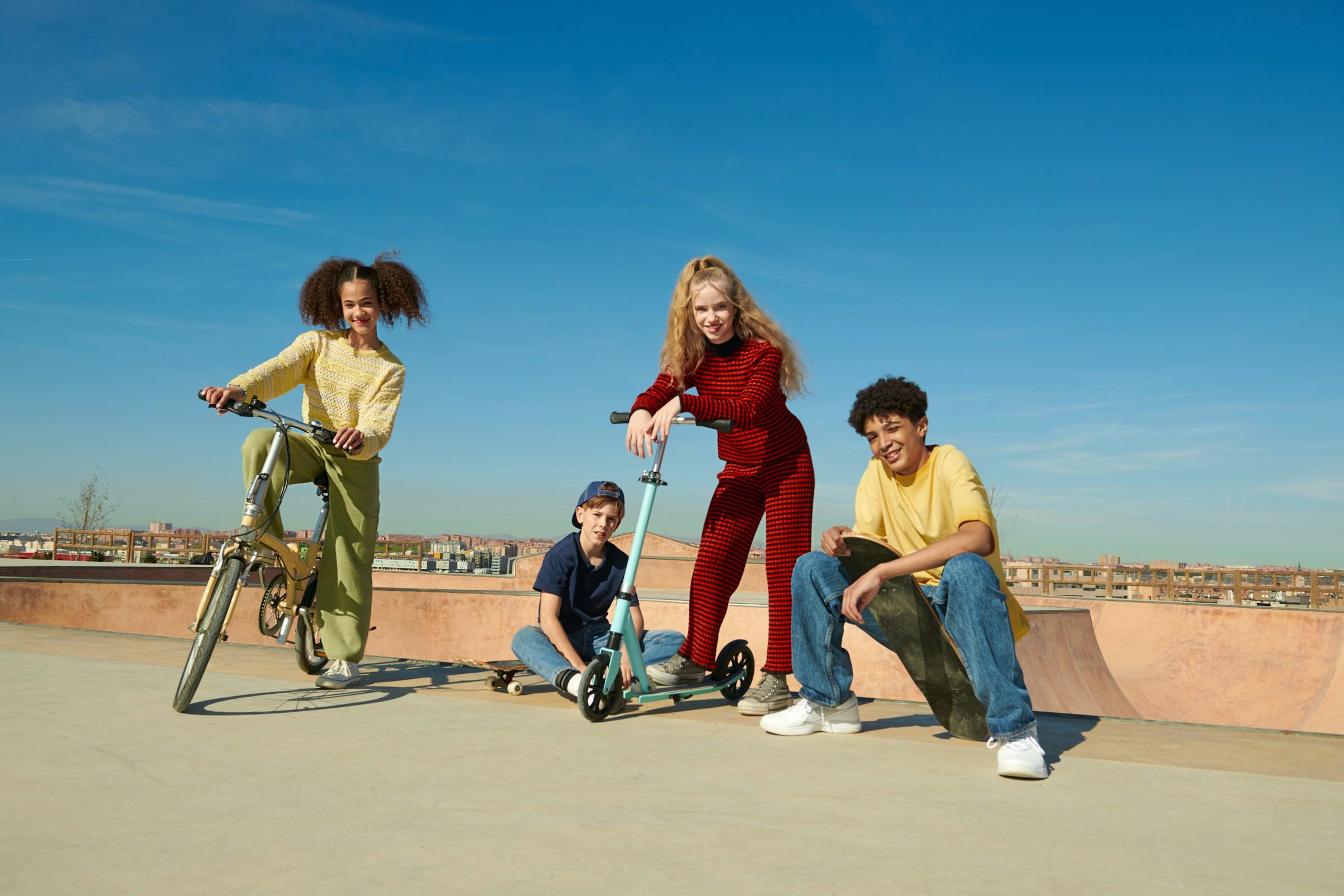Gen Alpha grew up with glass screens under their fingers and a constant stream of choices on every app they open. They are fluent in taps, swipes, and short loops, but they are also hungry for truth, control, and play that feels purposeful. Many adults mistake this generation’s taste for quick interactions as proof of a weak attention span. The evidence in real classrooms and living rooms tells a different story. When the design is clear and the path is visible, Gen Alpha can sink into deep flow. Engagement is not a trick or a burst of novelty. It is a system you can build, test, and repeat.
The work begins with inputs. Engagement fails most often because the first thirty seconds are messy. Slow loading pages, long monologues, crowded slides, and instructions that hide the real task push attention away before it has a chance to land. If you want Gen Alpha to lean in, clean the runway. Name the goal in one line, show the path, and place an early win where everyone can see it. That small victory is not cosmetic. It is the first deposit in a bank of trust. Momentum is the interest that follows. Once you have momentum, the group will give you more time and more effort.
Personalization follows close behind. This is not surveillance or creepy data harvesting. It is simple, useful choice. Gen Alpha pays attention when examples feel like their world. Offer two or three frames for the same idea and let the learner pick. The concept stays constant, the surface shifts. Fractions through football, K pop, Roblox, or baking. Chemistry through cooking or cosmetics. History through comics or street murals. Relevance is a fast lane for the brain. It lowers the cost of entry and raises the chance that a child will try the next step without fear.
Real engagement also requires real autonomy. Choice is the default setting in the digital ecosystems that raised this cohort. They expect some control over the path, even inside clear boundaries. Replace monologues with menus. Offer branching tasks. Build checkpoints where the learner decides what to try next. Autonomy does not mean chaos. You set the rails, you name the destination, and you hand over the steering wheel at planned moments. This works best with a visible scoreboard. Streaks, unlocked skills, progress bars, and saved milestones are not decoration. They are proof that effort moves the needle. A scoreboard is less about gamification and more about honest feedback that arrives in time to matter.
Consumption alone cannot hold attention for long. Co creation turns passive time into ownership. Invite learners to make something with you, not just for you. It can be a remix, a draft, a one minute teach back, or a micro project that ships at the end of the session. The key is an output that lives beyond the room and can be shared with family or friends. Social currency is a real force for Gen Alpha. It can fuel pride in good work when the artifact is simple, clear, and personal.
Design the day in micro stacks rather than mega routines. A single idea rarely needs forty minutes of lecture. Try a compact sequence. Hook for ten minutes, build for ten minutes, make for ten minutes, then close with a short reflection. These blocks respect natural attention cycles. They can be stacked into a longer track when needed or run alone when time is tight. Consistency beats intensity. A simple pattern that repeats will carry farther than a grand plan that collapses under stress.
Energy is a design variable, not a happy accident. The physical and digital environment either supports focus or drains it. Loud rooms, harsh lights, and visual clutter scatter attention. Vague instructions double the cost. Run the space like a coach. One focal point at a time. Clear transitions. Quiet moments by design. Many adults equate engagement with noise, but calm energy produces steadier focus, and steady focus produces satisfaction that brings learners back for more.
Feedback works best when it is quick and specific. Do not hoard praise or correction until the end. A small nudge in the moment can keep a child aligned with the task. Avoid generic applause that tells no one what to repeat. Point to the exact move that worked and the next move to try. Keep the signal short and the tone neutral. The goal is progress, not performance theater.
It is tempting to outsource all of this to an app, but tools cannot rescue weak design. A whiteboard can beat a sophisticated platform if the whiteboard shortens the path from instruction to action. Choose fewer tools and master them. Technology is an assist, not the core playbook. If a tool adds extra steps without adding clarity, it is not helping.
Community is not a side effect of gathering children. It is a product you can build. Gen Alpha learns with people, even when screens sit between them. Start sessions with rituals that create identity and belonging in minutes. A team name, a shared call and response, or rotating roles that put a learner in charge of time or transitions can anchor a micro culture. Belonging drives participation. Participation drives skill. Set norms in simple language, keep them light, and repeat them until they become muscle memory.
Attention hygiene belongs in the curriculum. Model one screen at a time. Model alerts off during focus blocks. Model where phones live while work happens. Treat attention as something valuable and learners will treat it that way too. Teach short resets for when the mind wanders. A drink of water, a posture shift, or thirty seconds of breathing can restore state without drama. You do not have to brand these as mindfulness. You only need to make recovery ordinary.
A simple planning lens can keep all of this honest. Personalize the frame, autonomize the path, co create the output, and energize the environment. This PACE model prevents you from leaning only on content volume. It turns design choices into a checklist you can audit in minutes. If a letter is missing, the engagement cost shows up later as drift, conflict, or shallow work.
Examples make the abstract concrete. Consider a fractions lesson. Begin with three frames and let students choose. Food, game, or music. Keep the math identical while the surface shifts to match interest. Offer a choice of practice path. Some will work solo. Some will pair up. Some will need a quiet corner to breathe and try again. End with a make that proves understanding. A photo recipe card that shows ratios, a short video that explains the rule to a sibling, or a beat map that encodes the fraction in rhythm. Close with two sentences. What I tried. What I would change. This tiny reflection builds metacognition without soaking up time.
Sport offers an equally clear case. Run drills in micro sets. Twenty seconds on and ten seconds off, focused on one skill. Give a single cue per round and stack cues across the session. Celebrate clean reps rather than loud effort. Finish with a short game that uses the new skill. Record one moment and play it back. Action, feedback, and identity now form a loop the learner will remember.
Adults often ask for strict rules. Gen Alpha responds better to clear boundaries with negotiated choices inside those boundaries. Define non negotiables before the session begins. Safety, respect, and time limits belong on that list. Everything else can flex. When conflict appears, return to the guardrail and the clock. Keep emotion low and consequences predictable. Consistency is the quiet form of authority that Gen Alpha respects.
Language should work like a clean interface. Verbs beat adjectives. Show the move instead of selling the move. Replace long paragraphs of instructions with three steps. First this. Then this. Finished when this. Put the steps where eyes can find them without effort. A corner of the board, a printed card, or a pinned message is often enough. Visual cues reduce cognitive load and free attention for the real task.
Vary input by design. Rotate media types over the session. A short clip, a diagram, a live demo, and a peer explanation cover different strengths and preferences. Keep transitions clean with a single line to close one mode and a single line to open the next. Idle time drains energy faster than hard work. You do not need to rush. You only need to prevent drift.
Assessment can be authentic without losing rigor. Choose outputs that matter to the learner. A working model, a teach back to a younger class, a playlist that encodes history facts, or a storyboard that explains a science process all reveal understanding in public ways. If your institution requires marks, record them behind the scenes. Let the child feel progress through the work itself. Motivation grows faster when the product tells the truth.
Culture shapes the tactics even when the principles hold. A Singapore classroom will not mirror a California homeschool pod. In high context settings, start with group identity and shared rituals before pushing individual choice. In lower context settings, begin with a solo hook and bring the group in through co creation. Adaptation does not mean abandoning the spine of the system. It means fitting the system to the room you have.
Families can run the same playbook at home. Teach parents the micro stack model. Help them set simple screen rules they can keep on a tired weeknight. Encourage shared projects that ship. A recipe night, a build day, or a neighbourhood photo challenge with a tiny brief can tilt the family culture toward agency. Children learn agency much faster from routines they live than from speeches they hear.
Novelty and progress are not the same thing. New games feel exciting for a moment. Old systems create skill. Audit your calendar. Keep the structure stable and rotate the surface. Fresh examples can sit on a consistent core. That is where compound learning appears. Gen Alpha will reward you with stronger work and calmer behaviour when they can trust the pattern.
In the end, engagement emerges from design choices that respect how this generation learns. Remove friction if you want attention. Return control if you want ownership. Require creation if you want depth. Protect energy if you want consistency. If your protocol breaks during a bad week, it is not a good protocol. Most people do not need flashier tools. They need better inputs, clearer paths, and the quiet confidence that comes from systems that work on Monday morning as well as they do on a sunny Friday.





.jpg&w=3840&q=75)








